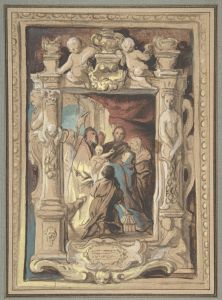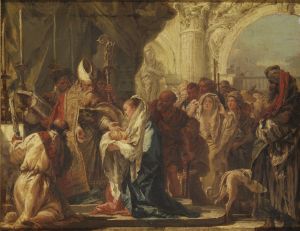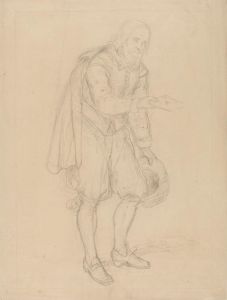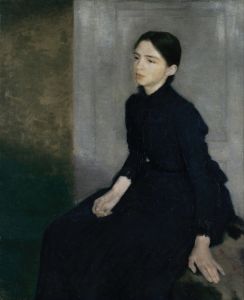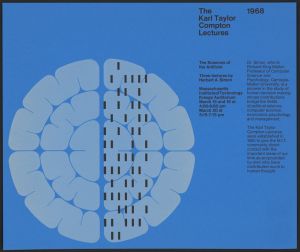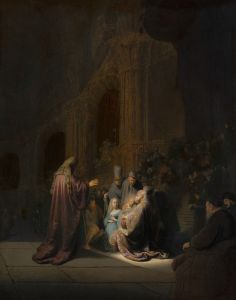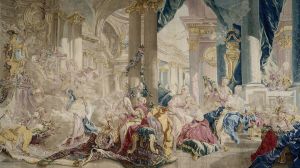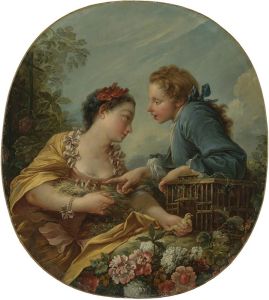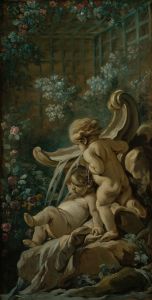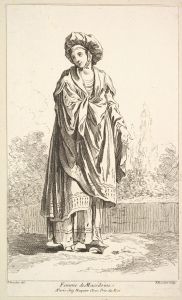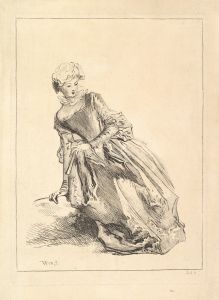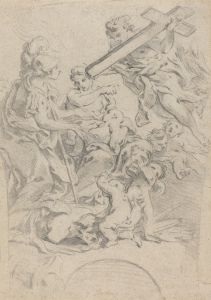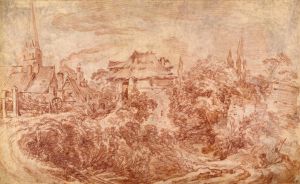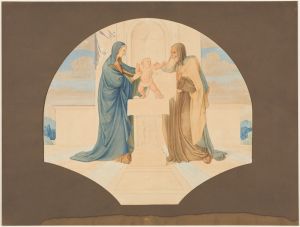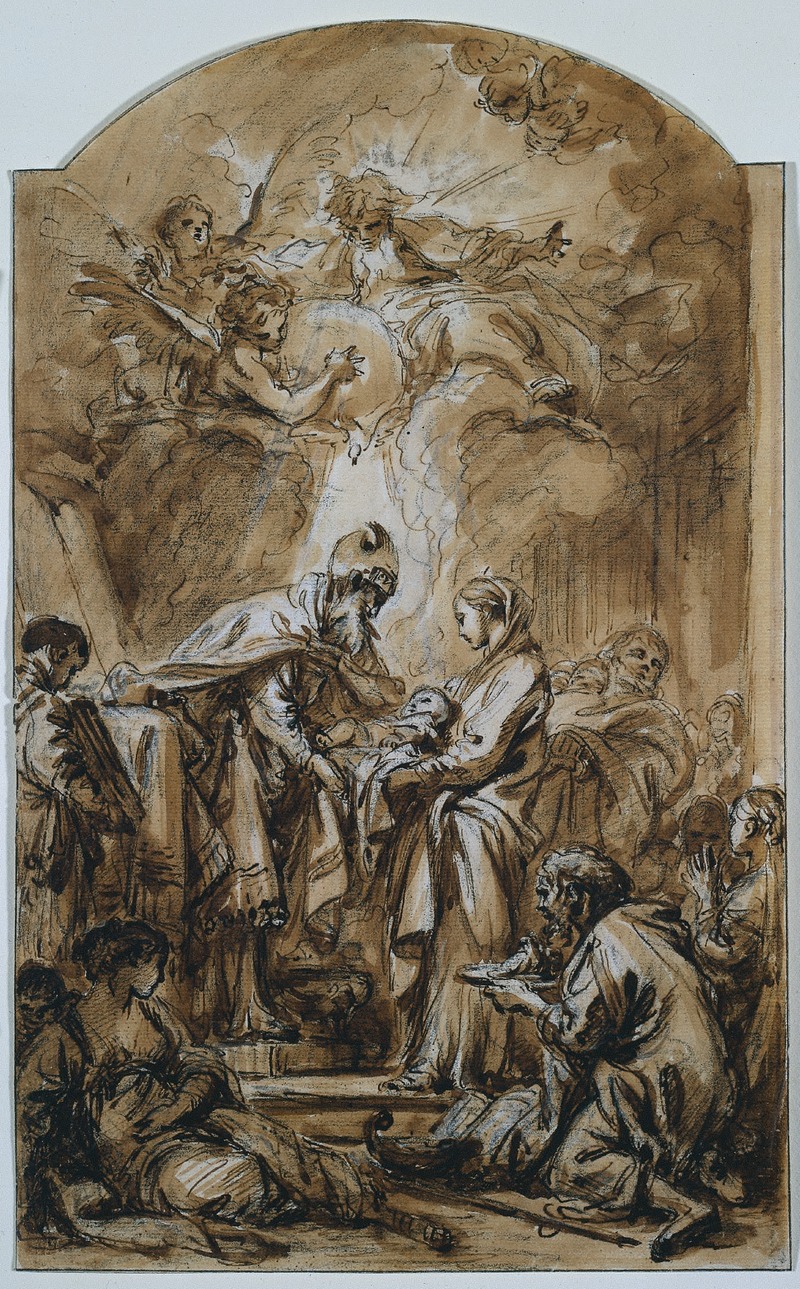
The Presentation in the Temple
A hand-painted replica of François Boucher’s masterpiece The Presentation in the Temple, meticulously crafted by professional artists to capture the true essence of the original. Each piece is created with museum-quality canvas and rare mineral pigments, carefully painted by experienced artists with delicate brushstrokes and rich, layered colors to perfectly recreate the texture of the original artwork. Unlike machine-printed reproductions, this hand-painted version brings the painting to life, infused with the artist’s emotions and skill in every stroke. Whether for personal collection or home decoration, it instantly elevates the artistic atmosphere of any space.
François Boucher, a prominent French painter of the Rococo period, is renowned for his idyllic and voluptuous paintings, which often depict classical themes, pastoral scenes, and mythological subjects. However, there is no widely recognized painting titled "The Presentation in the Temple" attributed to François Boucher. It is possible that there may be confusion with another artist or a misattribution of the title. Boucher's oeuvre primarily consists of works that reflect the Rococo style's characteristics, such as lightness, elegance, and an emphasis on playful and decorative elements.
Boucher was born in Paris on September 29, 1703, and became one of the most celebrated painters of the 18th century. He was a favorite of Madame de Pompadour, the chief mistress of King Louis XV, and his works were often commissioned by the French court. Boucher's art is characterized by its use of soft colors, sensuous forms, and a playful approach to subject matter, which made him a leading figure in the Rococo movement.
Throughout his career, Boucher produced a vast array of works, including paintings, drawings, and designs for tapestries and porcelain. His subjects ranged from mythological and allegorical scenes to portraits and landscapes. Some of his most famous works include "The Toilet of Venus," "The Birth of Venus," and "Madame de Pompadour." These paintings exemplify his mastery of the Rococo style, with their delicate brushwork, intricate compositions, and an emphasis on beauty and sensuality.
Boucher's influence extended beyond painting; he was also a significant figure in the decorative arts. He contributed designs for the Beauvais and Gobelins tapestry workshops and worked on stage sets and costumes for the theater. His designs often featured the same playful and ornate qualities found in his paintings, further cementing his reputation as a versatile and influential artist of his time.
Despite his success, Boucher's work faced criticism from some quarters, particularly as tastes began to shift towards Neoclassicism in the latter part of the 18th century. Critics like Denis Diderot accused Boucher of prioritizing style over substance and criticized the perceived frivolity of his art. Nevertheless, Boucher's work remained popular, and he continued to receive commissions until his death.
François Boucher passed away on May 30, 1770, in Paris. His legacy endures through his contributions to the Rococo movement and his influence on subsequent generations of artists. Today, his works are housed in major museums around the world, including the Louvre in Paris, the Metropolitan Museum of Art in New York, and the Wallace Collection in London.
In summary, while François Boucher is a significant figure in art history, there is no specific information available about a painting titled "The Presentation in the Temple" by him. His body of work, however, remains a testament to his skill and the enduring appeal of the Rococo style.





